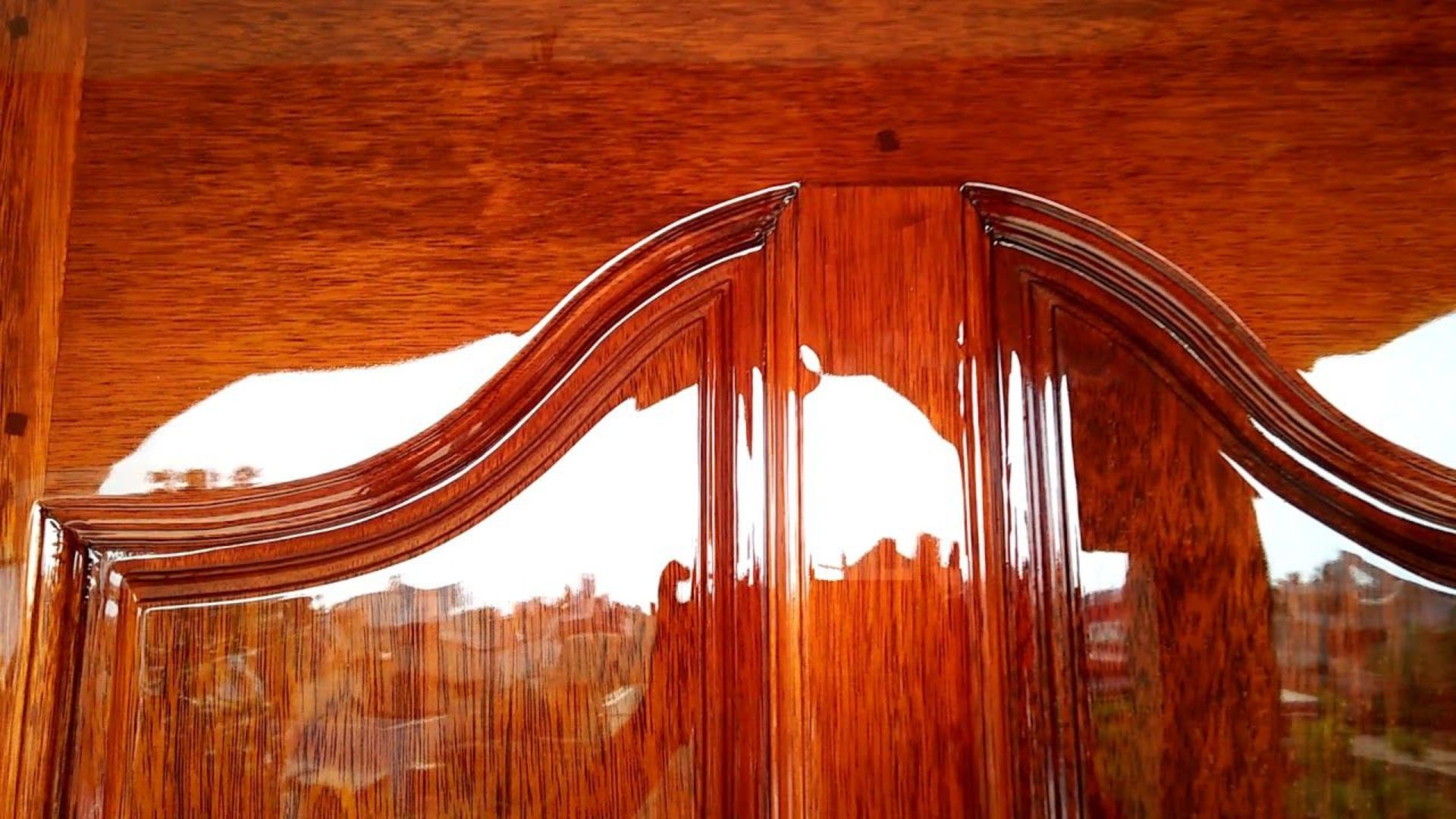Protecting your home starts long before you move in. Smart design is about anticipating problems and creating solutions that keep your living space safe, functional, and comfortable. From structural choices to material selection, every detail matters. Incorporating preventative measures today can save time, money, and stress tomorrow. Thoughtful planning ensures your home remains a sanctuary for years to come.
Strategic Layouts in New House Construction
New house construction involves more than bricks and mortar. It’s about creating a space that works for your lifestyle and protects you from future issues. Strategic layouts ensure that water pipes, electrical systems, and living areas are positioned efficiently. Proper drainage and roof design reduce the risk of leaks and flooding. By planning during new house construction, you can prevent common structural problems before they start, keeping your home safe and functional.
Choosing Materials That Resist Water Damage and Restoration Needs
Water damage and restoration issues arise when moisture infiltrates your home. Selecting the right materials during construction can prevent this. Moisture-resistant flooring, treated wood, and high-quality sealants reduce exposure to water. Walls and ceilings designed to repel moisture protect your home from mold and decay. Smart material choices make future water damage and restoration efforts far less frequent and costly.
Elevated Foundations for Long-Term Safety
A strong foundation is crucial in new house construction. Elevating your foundation above potential flood levels adds an extra layer of protection. This design choice prevents water from reaching key structural elements. Elevated foundations reduce the risk of costly repairs and the need for extensive water damage and restoration. Planning for these measures during the design phase ensures long-term safety for your home.
Advanced Roofing Techniques to Minimize Water Problems
Roofs are the first defense against the elements. In new house construction, advanced roofing techniques—such as proper slope, waterproof membranes, and quality shingles—help prevent leaks. A well-designed roof directs water away from your home, reducing exposure to damage. These strategies directly impact the frequency and severity of water damage and restoration tasks, keeping your living space secure.
Smart Plumbing Systems for Continuous Protection
Plumbing failures can lead to significant water damage and restoration needs. Installing modern, durable pipes and including leak detection systems is essential. Strategic placement and redundancy in plumbing reduce the chance of failures. Smart plumbing in new house construction not only protects your property but also minimizes the stress of emergency repairs.
Interior Design Choices That Reduce Risk
Interior design isn’t just about aesthetics. Choosing the right finishes and layouts can protect against accidents and wear. Waterproof cabinetry in kitchens and bathrooms, non-slip flooring, and proper ventilation prevent common damage issues. Even furniture placement can reduce risk, ensuring your living space remains safe and easy to maintain.
Landscaping and Exterior Design for Safety
Your home’s exterior plays a major role in protection. Proper grading, drainage systems, and retaining walls manage rainwater effectively. Landscaping choices can direct water away from your foundation. These exterior design elements complement your interior safety measures and reduce reliance on water damage and restoration services.
Conclusion
Smart design is an investment in peace of mind. From new house construction to thoughtful interior and exterior planning, every decision affects your home’s longevity and safety. Anticipating water damage and restoration needs, using quality materials, and implementing strategic layouts protect your living space for years.





